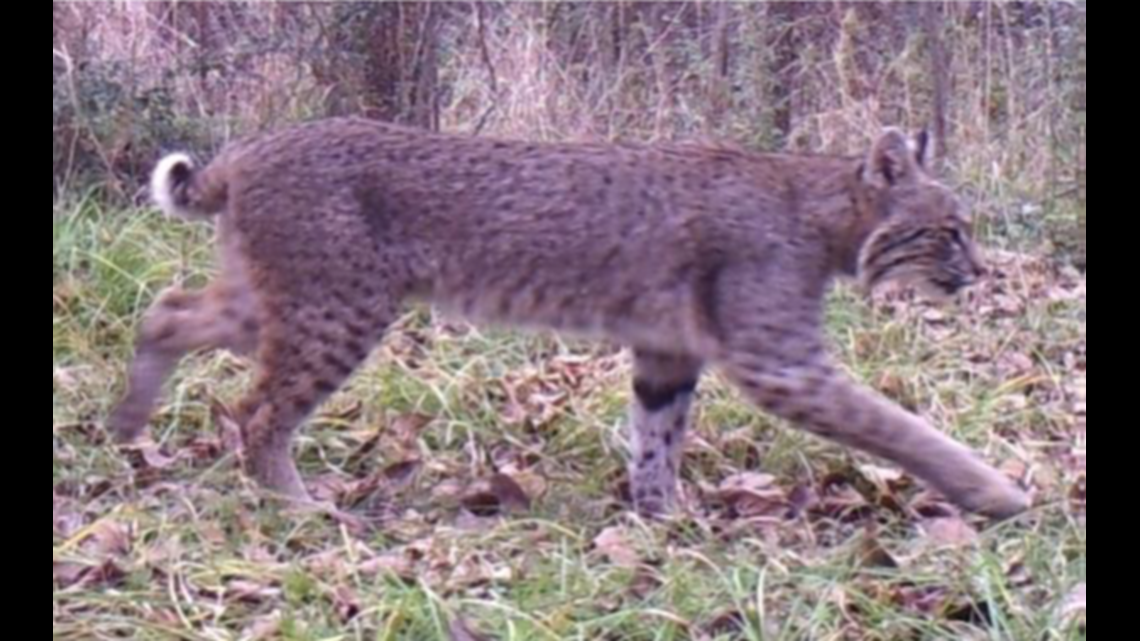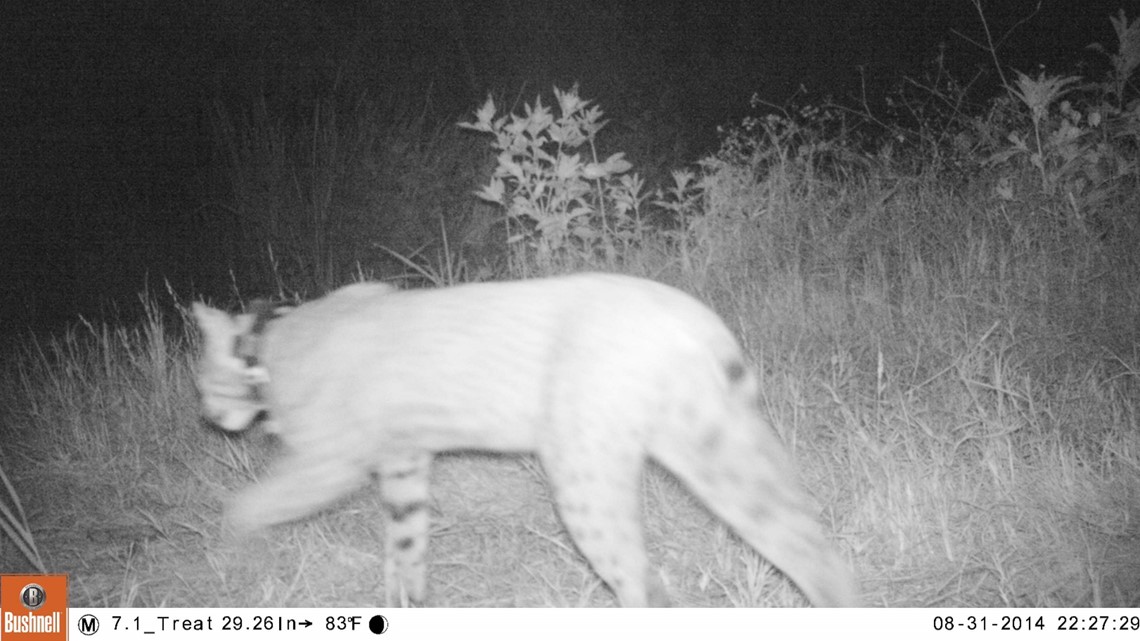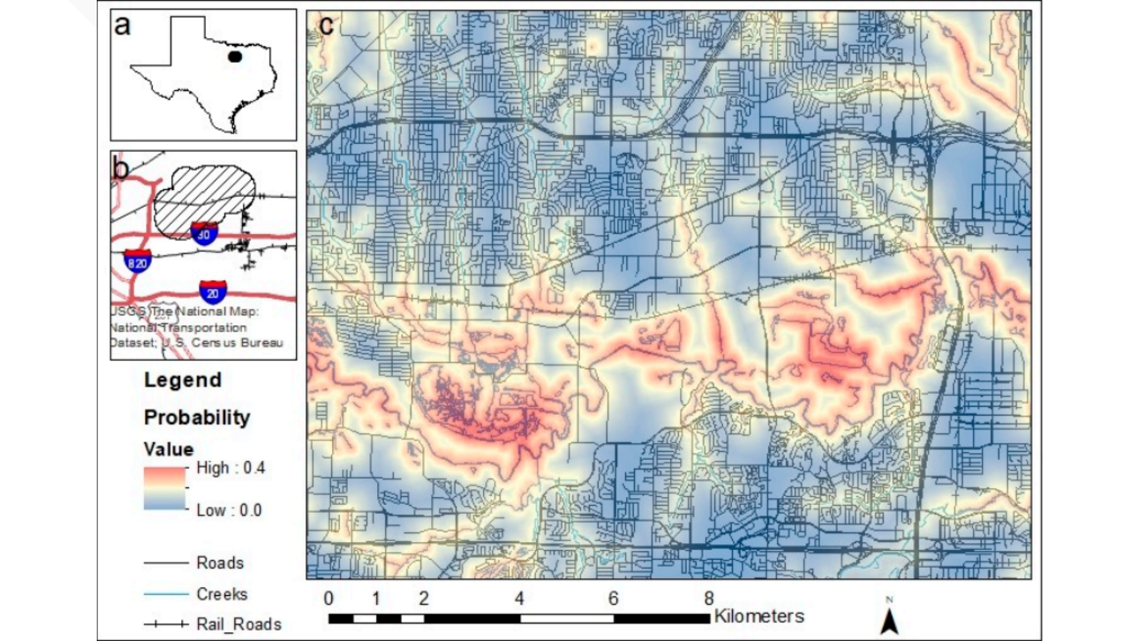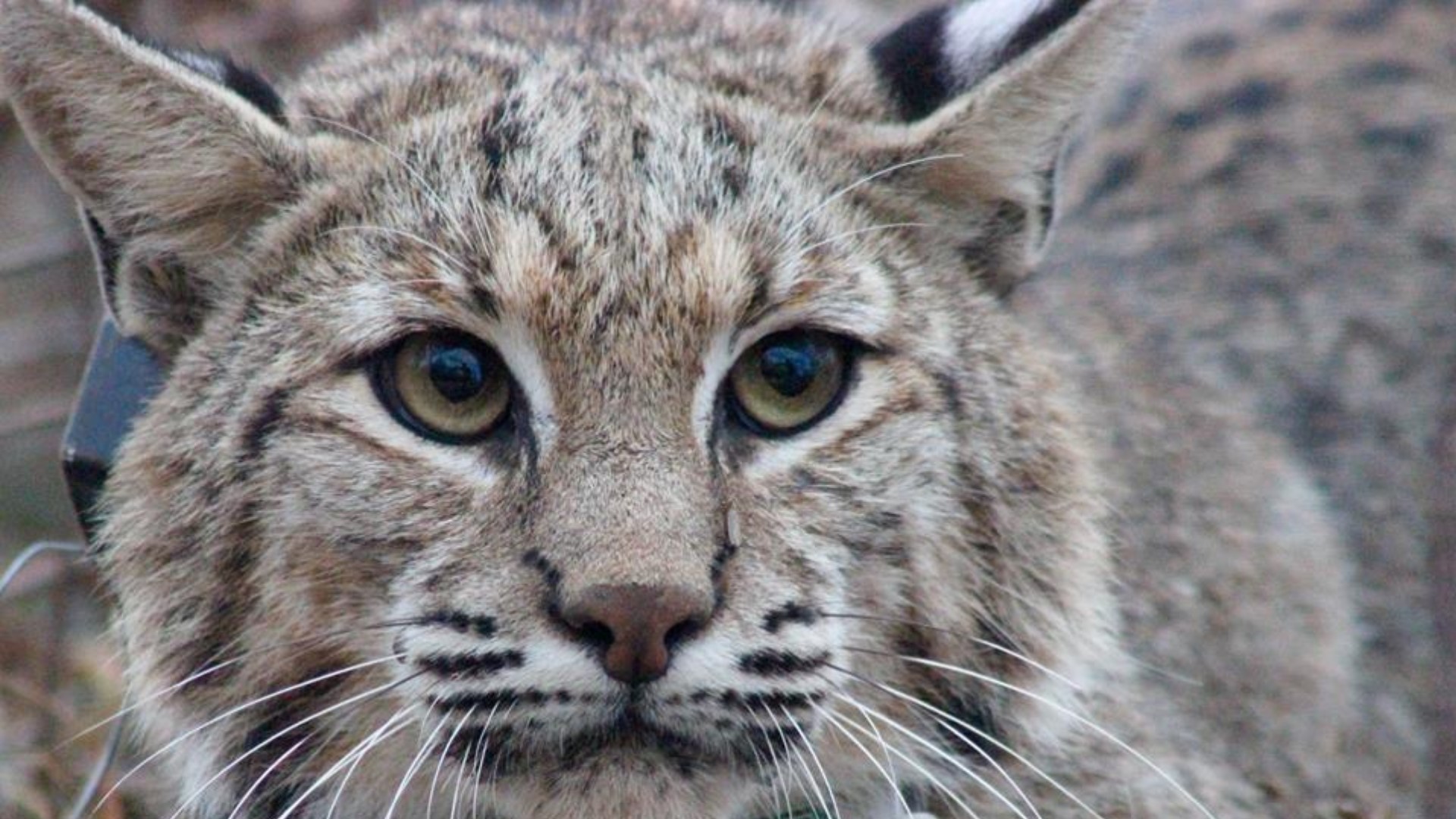DALLAS — Bobcats have found ways to adapt in the North Texas area, causing more people to spot these animals around their homes. While many worry about the safety of their kids and pets, urban biologists discovered they are actually providing a service for people.
There are approximately 43 bobcats currently living in a 50-mile stretch of Dallas-Fort Worth, according to a multi-year study from Texas Parks and Wildlife -- far more than biologist Richard Heilbrun expected there to be.
Heilbrun is the department's urban wildlife program leader and was in charge of this urban bobcat study that has never happened before for North Texas.
The area focused on includes Dallas, Fort Worth, Arlington, Hurst, Bedford, Euless and Grand Prairie.
Early on in the study, Heilbrun's team quickly realized urban bobcats act differently than rural bobcats.
The main difference is their diets.
"They're eating those urban, invasive non-native rats, so they're actually providing a service for our human residents," Heilbrun said.
Heilbrun said urban bobcats changed their eating behaviors to focus more on rodents. In North Texas, they will mainly eat rats, mice, squirrels, ducks and cardinals. All of it fits into the natural ecosystem.
"When you find a carnivore that is thriving in an urban area, that actually means that the rest of the ecosystem is healthy," Heilbrun said.


The study began in 2012 after a rise in phone calls about bobcat sighting from homeowners. Most people calling the department wanted to know if they were safe or if they needed to do anything to keep the bobcat away from their home.
Heilbrun said many people assumed as North Texas cities grow with more subdivisions and roads, these would become "habitat barriers." Bobcats would move to different, more rural areas.
Even though bobcats are considered wild animals, Heilbrun said they are not a confrontational species. It's very unlikely a bobcat will interact with a human or small animal.
"Bobcats typically don't get into those types of conflict, and they really don't like interacting with people, so they're not a dangerous wild animal," Heilbrun said.
The only exception to this is when people start feeding a bobcat or acting like it is their pet. As long as someone is not leaving food out for the animal or making their home a food source, bobcats will most likely have everything they need on their own in nearby natural areas.
"Urban bobcats are able to make use of whatever space they have available," Heilbrun said.


A major reason why Dallas supports the bobcats is the Trinity River. Brett Johnson was on Heilbrun's team when this study started, now working as an urban biologist for the Dallas Parks Department. Johnson said the Trinity River provides many types of food, plenty of water and a large area of protection.
"Even in these highly urbanized areas, the bobcats still tend to stay in your more natural areas," Johnson said.
Johnson also said bobcats will try to stay in areas near parks, creeks and floodplains. Bobcats are agile animals that prefer to do most of their activity in the nighttime.
"If they're hanging around in the area, they're there because of rodents," Johnson said. "They're not there because of your pets."


Heilbrun said he hopes this is just the start of urban bobcats research and that he is confident bobcats living in a metropolitan area like Dallas-Fort Worth is sustainable.
He said keeping green space in urban areas is important for these animals.
"As our cities grow, we can find ways to grow our communities that do so in concert with preserving natural places for the enjoyment of people and for the benefit of wildlife and for the health of our ecosystem," Heilbrun said.
To learn more about this study, you can check out the Texas Parks and Wildlife's scientific journal here.
More on WFAA:
- 'This is not hunting. This is flat out cruelty': Bobcat shot in eye with dart now recovering at wildlife center
- Meet Gypsy and Monaco, the bobcats living with a North Texas couple
- You need to watch this bear wander through the lobby of the Stanley Hotel
- Bobcats mistaken for domestic kittens die at wildlife sanctuary

